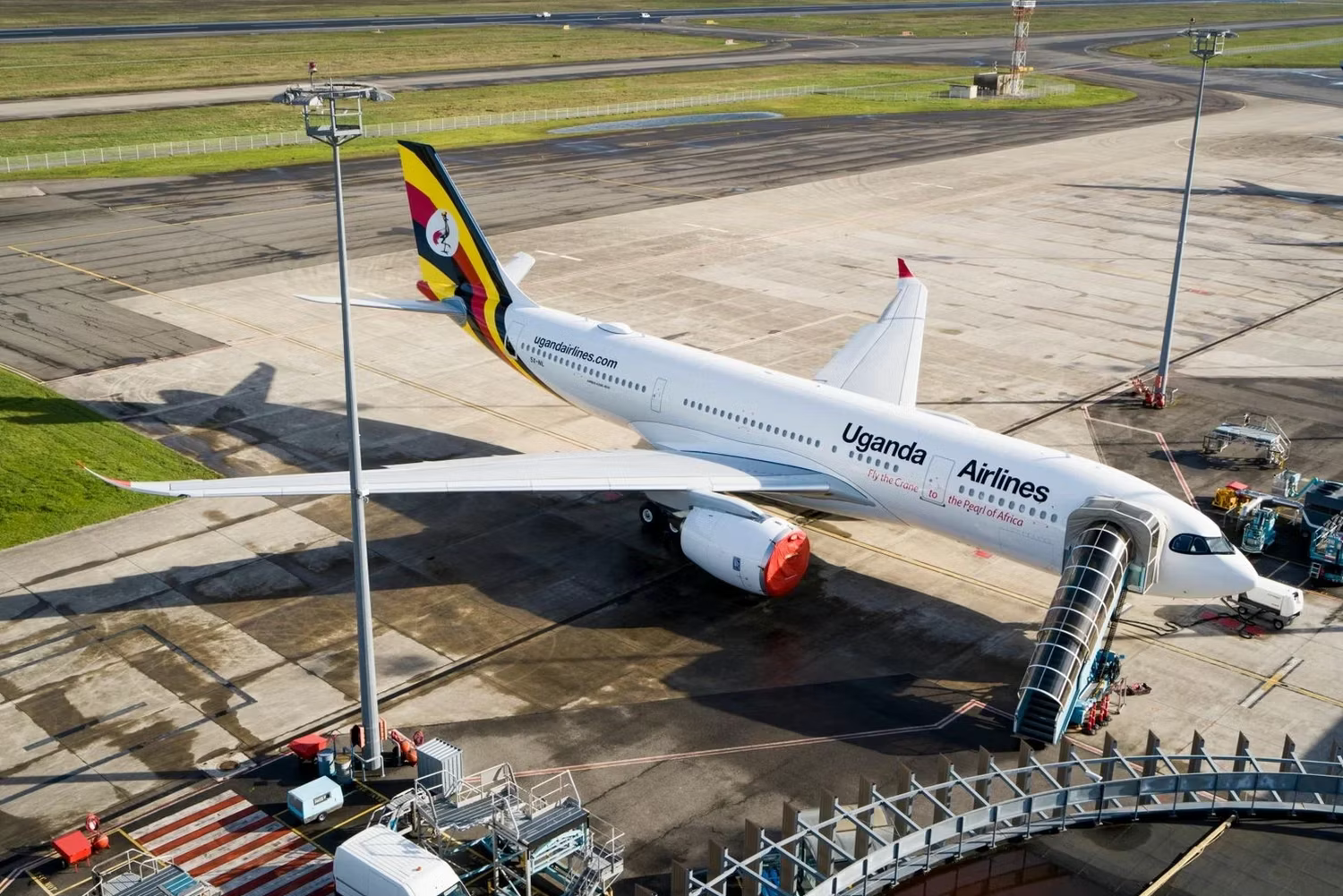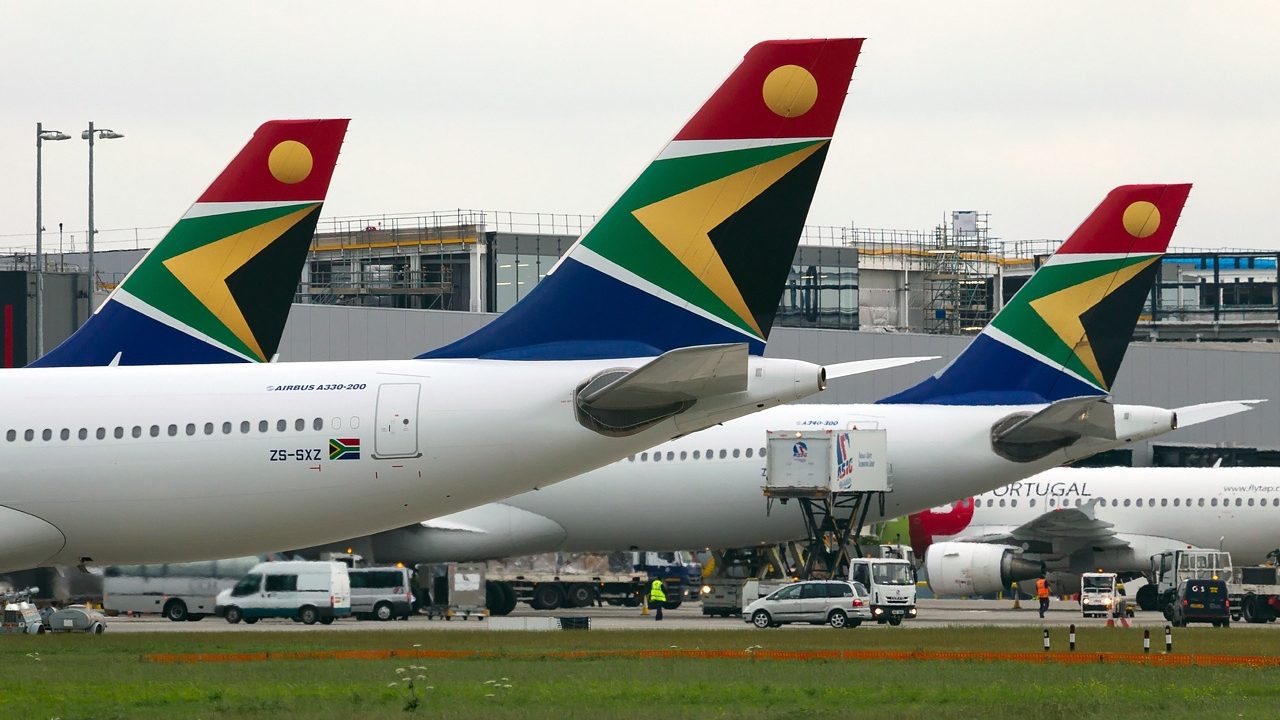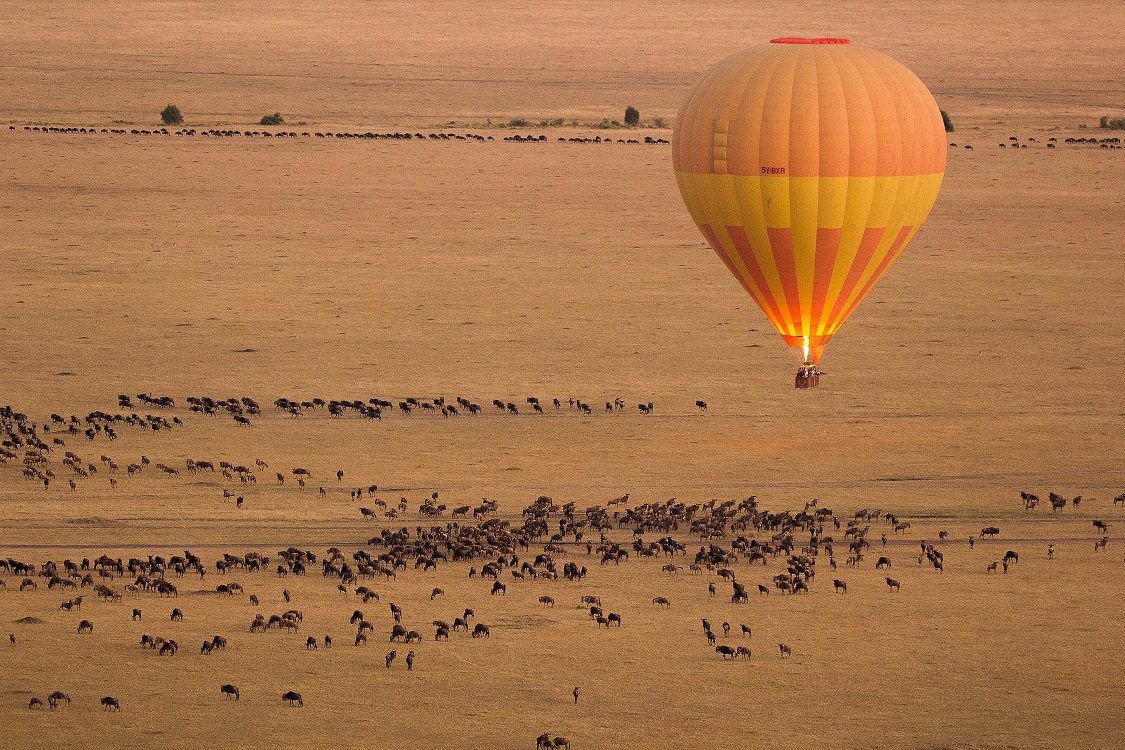Uganda Airlines is expanding its reach into West Africa with the launch of flights to Nigeria in December, according to Business Insider.
New connections
Speaking at the 18th Akwaaba Africa Travel and Tourism Market, airline chief executive Jenifer Bamuturaki confirmed that flights to Lagos will commence before the end of 2022, with further flights to Abuja launching in 2023. Firm dates and frequencies are yet to be announced.
“I am happy to tell you that we, the Uganda Airlines, will begin our flights to Nigeria for the first time in history in December 2022,” said Bamuturaki.
“This will be our first flight to West Africa; we will begin that and then begin to grow slowly. When we come to Nigeria, we will be working through recognized travel agents and tour operators.”
The flag carrier currently offers 11 routes out of its hub in Entebbe, covering an array of destinations across Africa and the Middle East. The thrice-weekly flights to London Heathrow Airport have yet to be given the green light despite significant demand, with no potential launch dates announced. Its planned Guangzhou service also appears to be shelved amid ongoing COVID-19 restrictions within the country.
Uganda Airlines has been approached for further information.
During her keynote speech, Bamuturaki confirmed that the carrier was facing issues following increased aviation fuel prices. She added that the airline has managed the situation through the increase in sales of holiday packages and had no plans to increase airfares.
Women in aviation
This week’s event also saw Bamuturaki become a recipient of the 100 African Women in Travel and Tourism Award, celebrating diversity within the industry. Bamuturaki commended the conference convenor Ikechi Uko for the recognition, choosing to dedicate her award to Africa, young people interested in aviation, and Ugandan women for “pushing forward and striving against all odds.”
“I feel so honoured because we are not many women in leadership in the aviation industry. So, to be recognised is a good thing. This is a win for women,” she added.
Officially taking the reins of Uganda Airlines back in July, Bamuturaki took over from Cornwell Muleya, who was fired from the role in February pending investigation for mismanagement of public funds and irregular hiring practices.
Bamuturaki was tasked with revamping the airline, taking on a significant loss margin of UGX 232 billion ($61 million) in 2021. She has notably pushed for its continued growth and network expansion into Asia and Europe.
In August, Bamuturaki faced a parliamentary committee regarding concerns over her suitability for the role due to a lack of postgraduate training. She subsequently disputed the claims, noting that she had been appointed as CEO directly, with her team having a combined 100 years of work experience.
Source: Simple Flying





